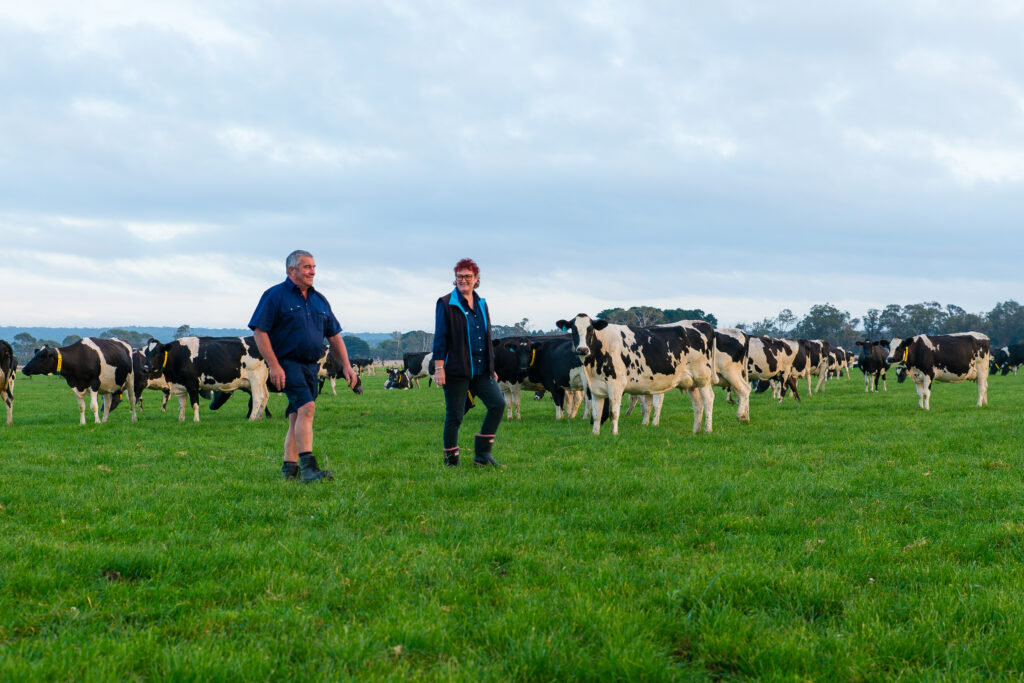Before making your service bull buying or leasing decisions, make sure you’ve ticked off everything on this checklist to help ensure a successful natural mating period.
- They are virgin bulls. Virgin bulls are less likely to pass on venereal diseases to your cows
- If they are not virgin bulls, you have discussed relevant venereal disease testing, e.g. Trichomoniasis and Campylobacter, with your vet
- They are all disease tested and/or vaccinated to your vet’s recommendation e.g. BVD, TB, Johnes disease, Leptospirosis; find out what’s appropriate. BVD tested as virus- clear is different from just being BVD vaccinated
- You have BVD and other disease test results in your own hands
- You know the disease history of the bulls and of their farm of origin and they have not been ill with a fever in the last 2 months. It can be 2 months before normal fertility is regained after a fever or sickness
- They are sexually mature with adequate testicular size and tone for their age, and libido. Bulls should be 15 months or older – a vet-check is a good idea for service bulls.
- Calving ease is suitable for the group to be mated e.g. are they mating cows or heifers? Look for bulls with low birthweight and high calving ease breeding values
- They are tall enough to effectively mate your cows/heifers and are physically sound. They have sound feet, good locomotion scores and no horns!
- They are not too heavy for your cows/heifers to minimise injury risk. They need to be less than 100kg heavier than your cows/heifers
- The bulls are 3 years old or less. Younger bulls are less likely to injure your cows or to have back or penile injuries/ defects
- Bulls are of good temperament for safe handling, and your facilities are adequate to handle or house them
- Staff are adequately equipped, fully-trained in handling of bulls, and know the process to report incidents
- You have ordered enough bulls – enough bulls for two teams (for rotation) and spares in case a bull becomes lame or injured. A general rule is 1 bull per 20 heifers plus a spare, and two teams of 1 bull per 30 non-pregnant cows plus a spare
- They are in good BCS for the 2-3 months before they will be put in with the herd (when the sperm are being produced that will be ejaculated during mating) The target BCS at mating for bulls is 4.5 – 5.5 (New Zealand scale)
- They will arrive on farm in time to sort out their pecking order and to get over the truck ride and any injuries from fighting. Picking bulls from the same mob can help reduce the fighting when they arrive on farm.
Remember to always play it safe around bulls as they can be dangerous.



